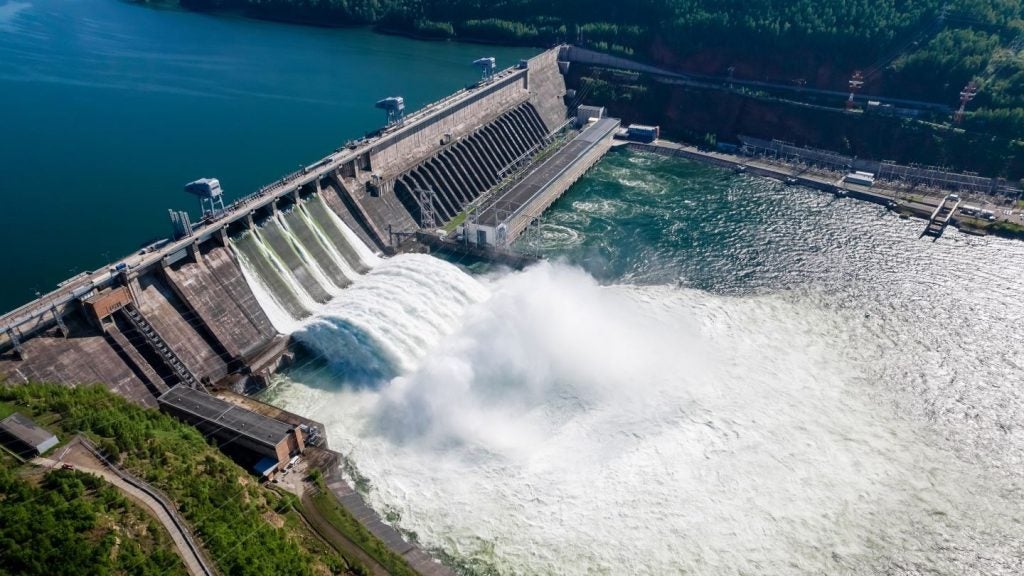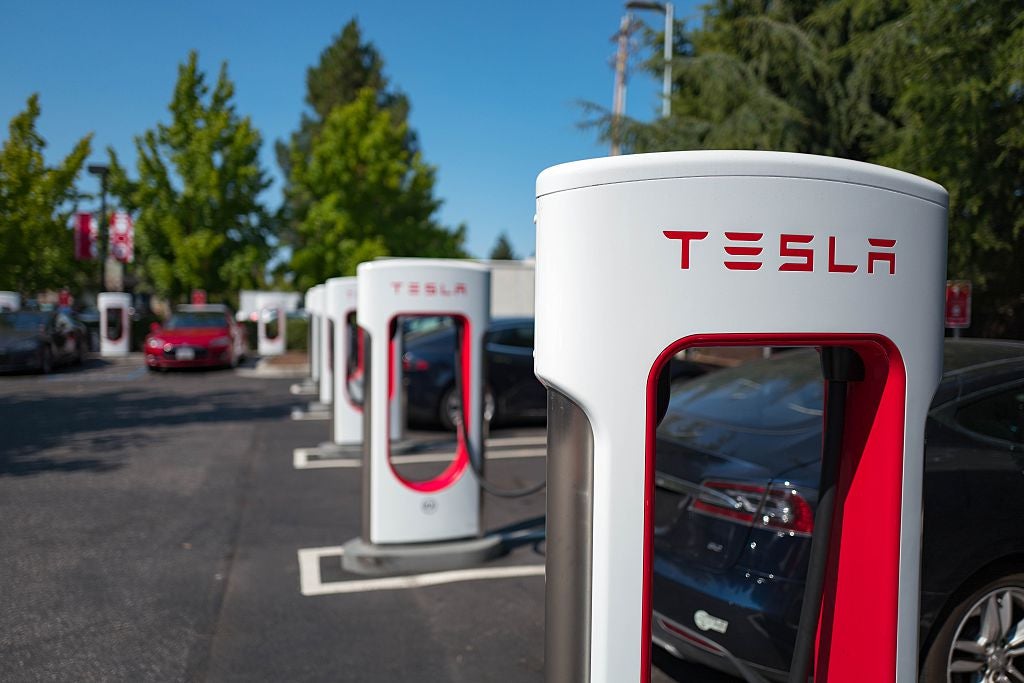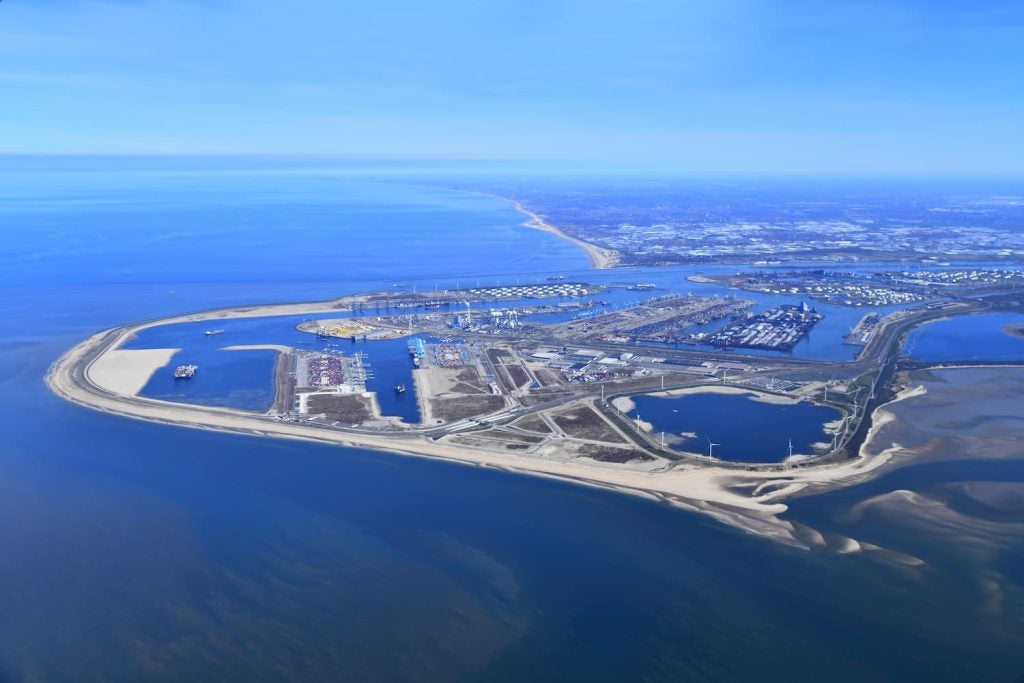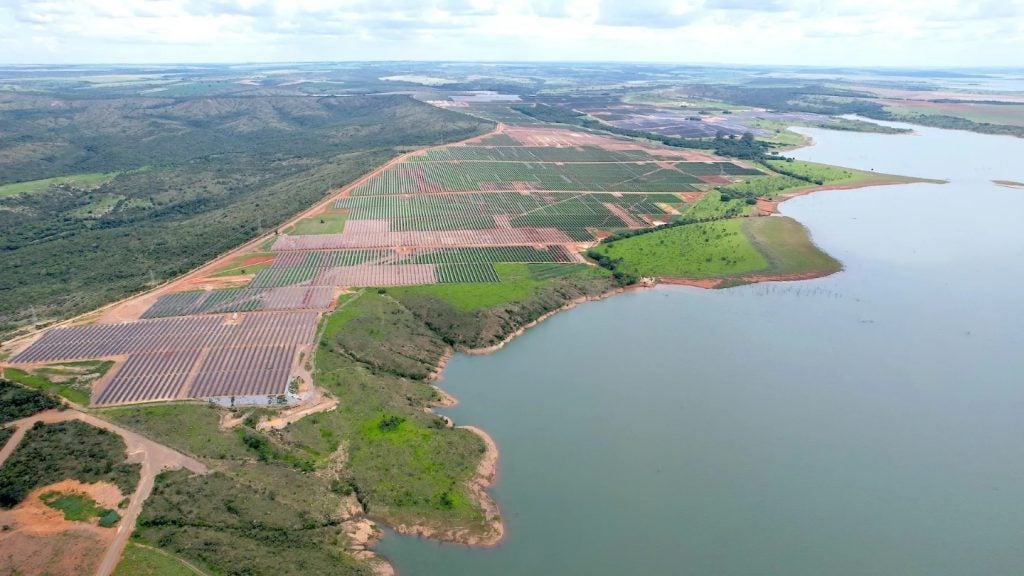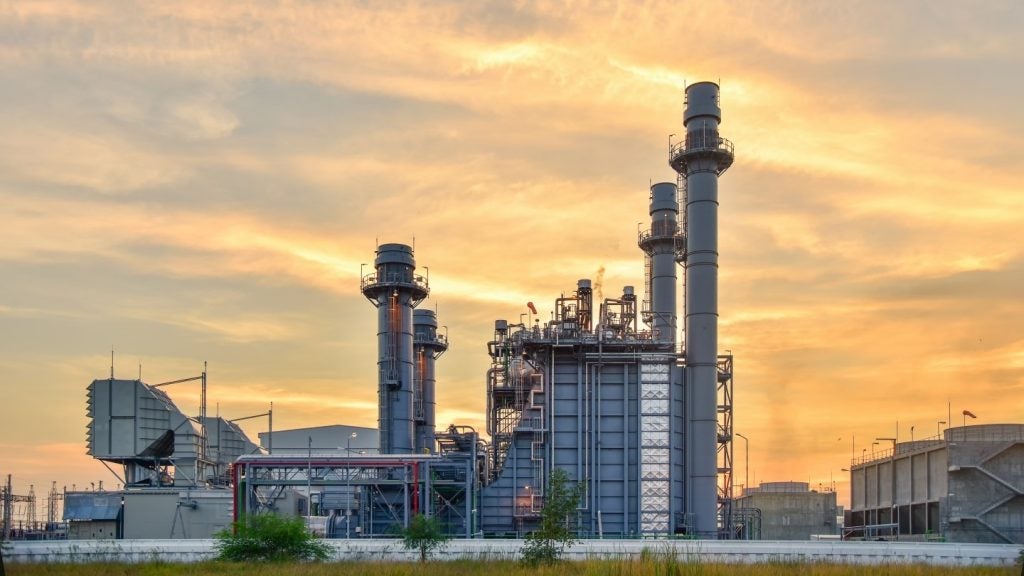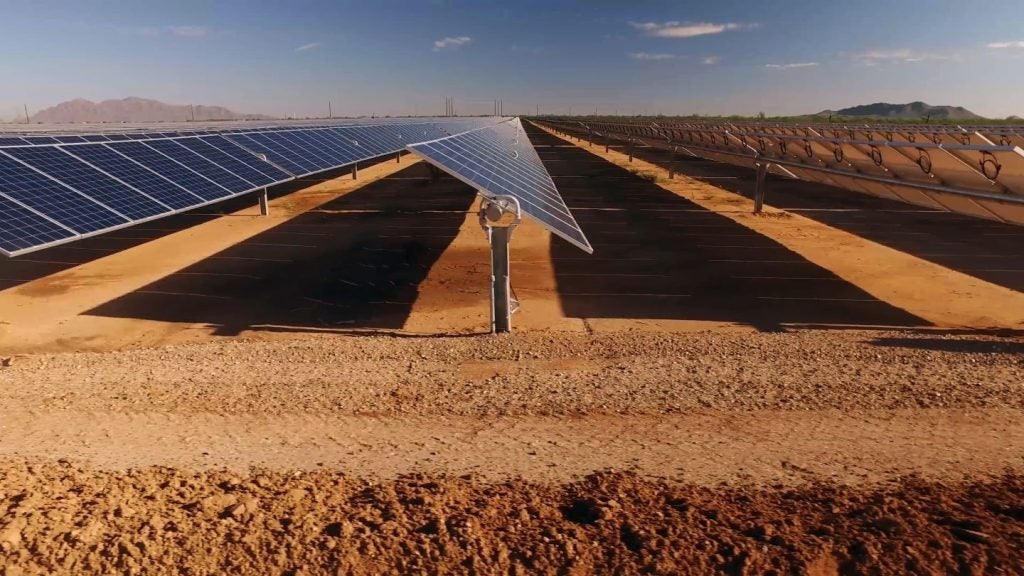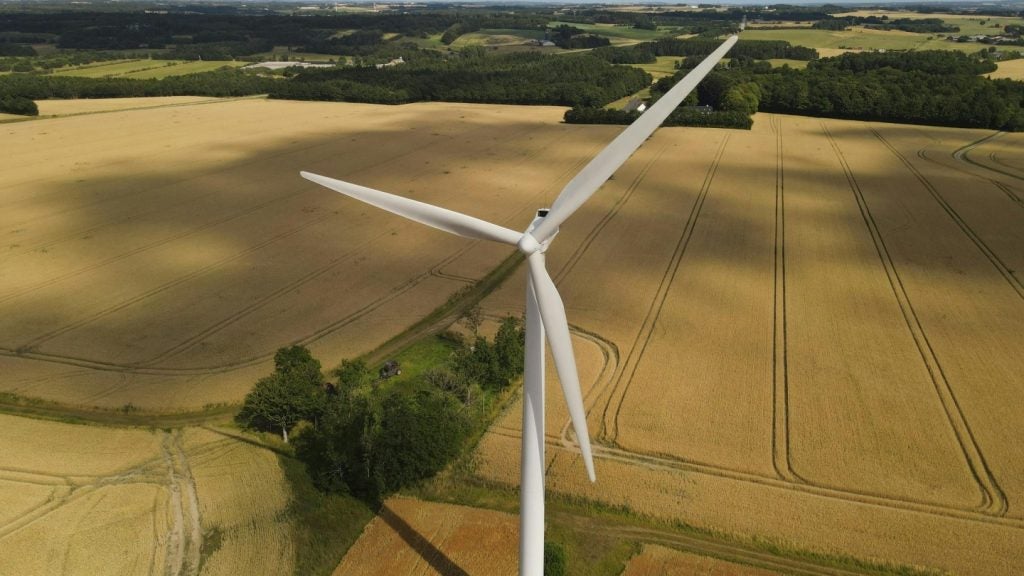India’s hydroelectricity generation fell by 16.3% during the year ended 31 March, the fastest decline in 38 years. The vertiginous fall was caused by inadequate rainfall, prompting further reliance on coal-fired power generation.
According to Reuters, analysis of Indian Government data reveals that the fall in output from the country’s most substantial clean energy source coincided with the share of renewables in power generation declining for the first time since the UN climate talks in Paris in 2015, where Prime Minister Narendra Modi promised to increase solar and wind capacity.
The analysis showed that renewable energy accounted for 11.7% of India’s power output from March 2023 to March 2024, down from 11.8% over the same period a year prior.
As reservoir levels reach a five-year low, hydropower output will likely remain low in the year’s hottest months from April to June, consolidating reliance on coal.
K.J. Ramesh, former chief of the Indian Meteorological Department, told Reuters that the Monsoon period will offer high quantities of rainfall, but this does not start until June.
“When hydro increases due to good rainfall, it should be used to reduce dependence on thermal,” he said, adding that the effects of higher rainfall during the Monsoon period on hydro generation will not be visible until July.
Coal, solar and wind have increased their share in India’s power mix, while hydropower declined to a record low of 8.3% during the fiscal year ended 31 March. Meanwhile, coal consumption in India grew by 8% in 2023, with the power sector making up 74% of overall consumption, according to the International Energy Agency.
India missed its 2022 target to install 175GW of renewable energy, remaining 38.4GW short of the goal. According to Reuters, Grid-India data showed India’s dependence on fossil fuel for power hit a five-year high of 77.2% in 2023/2024.


